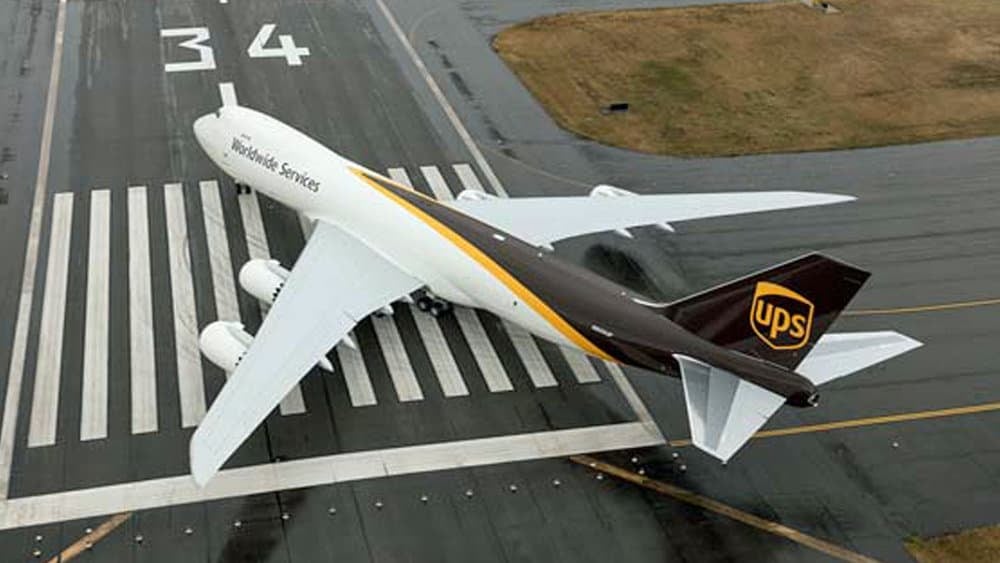
Among the numbers embedded in the UPS (NYSE:UPS) first quarter financial report card released on Thursday was one that got the attention of some industry observers – domestic air shipments rose, year-over-year, by 8 percent, a significant increase.
On an annualized basis, UPS’ domestic air volumes haven’t risen all that much in recent years. Some years have seen low single-digit increases, at best. For most of the 21st century, industry-wide domestic air growth has been moribund as shippers eschewed high-priced delivery services in favor of less-expensive ground transport. As part of a major restructuring in November 2012, FedEx Corp. (NYSE:FDX), UPS’ chief rival, said it would redirect capital expenditure funding away from air express – what was always FedEx’s core business – and to its faster-growing ground parcel service.
The question is whether the UPS first quarter volume surge is an outlier, or the shape of things to come. If the latter, it could mark a turn in fortunes for a segment that had been a dominant force in U.S. commerce during the 1970s, 1980s and much of the 1990s. It may also augur a profound change in the U.S. shipping landscape. Steve Gaut, a UPS spokesman, noted that first quarter 2018 U.S. air volumes rose 6.9 percent over the same period in 2017. He said the trend shows that companies want and need more rapid transit times. Since 2017, UPS has ordered 40 freighters for its air fleet, which Gaut said demonstrates “our confidence that domestic and air volume growth will continue.”
Though no one at UPS will say it publicly, the catalyst for the growth surge could be Amazon.com, Inc., which, as it happens, also reports its first quarter results on April 25. Amazon customers have been conditioned to expect one- or two-day deliveries as a matter of course. In turn, they are imposing the same expectations on the rest of the economy. Rather than risk losing business, producers and retailers alike are being forced to migrate from ground deliveries to higher-priced air to satisfy demands for fast delivery.
The heightened interest in air services is not lost on UPS, FedEx or any other company that considers itself an airfreight provider. For several years, UPS and FedEx, which have a near-duopoly on business-to-business parcel traffic and a strong position in the business-to-consumer segment, have been jacking up air shipping rates. These rates, along with increases in value-added charges known as accessorials, are driving up shipping costs at a pace twice that of inflation, according to Rob Martinez, co-founder and CEO, of Shipware LLC, a consultancy. Shippers, many of whom feel straight-jacketed to find a lower-cost option, typically have no choice but to pay up, Martinez said.
Throughout today’s analyst call, UPS executives repeatedly referred to pursuing “higher-quality revenue” opportunities. According to Martinez, this is “Wall Street speak” for the residual effect of continued rate increases.
Martinez said he’s seeing dozens of high-volume e-commerce companies that are using ground distribution where two- to three-day guaranteed delivery windows are involved, and are utilizing air for everything else. The growing relevance of air is a “new trend, and the first time we’re seeing this on a mass scale,” he said.
To complicate matters for retailers, consumers increasingly demand free shipping, a trend that is only intensifying. Caught between higher shipping rates and an inability to recoup those costs from customers, retailers are in an ever-tightening bind. They either absorb the higher costs or, as the growing list of bankruptcies and store network closures demonstrate, either re-trench or go out of business.







